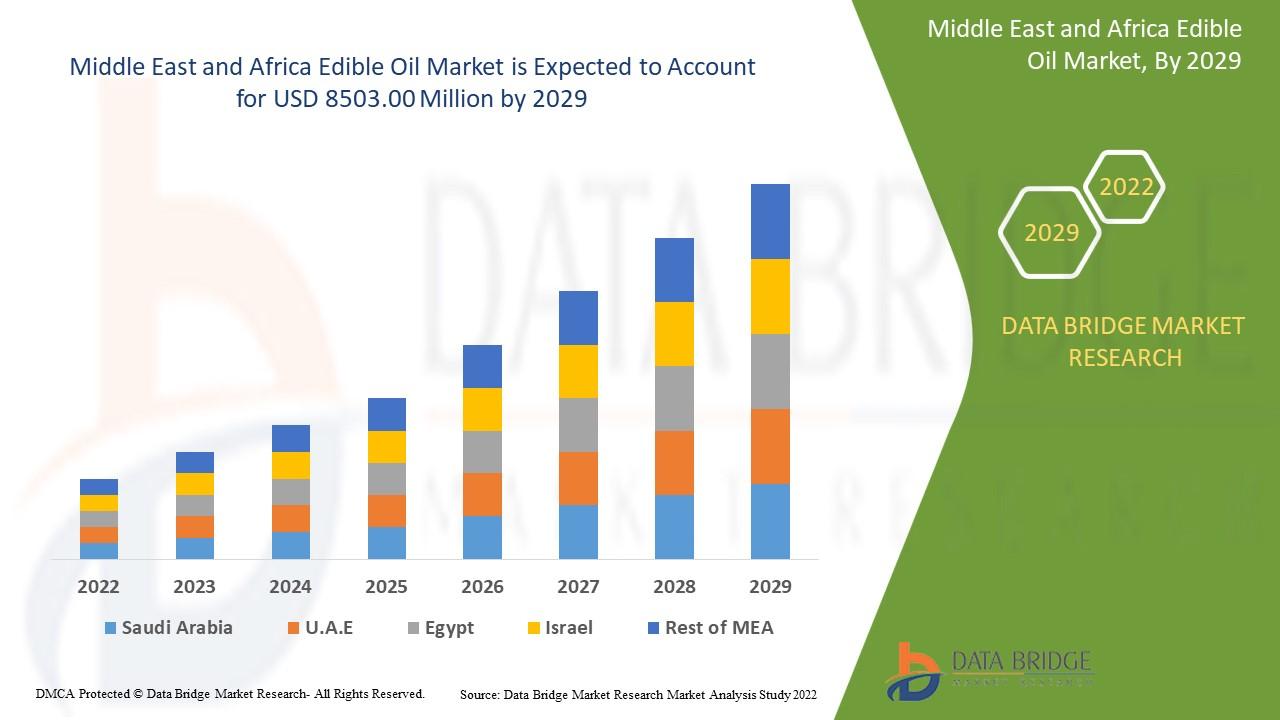The Evolution of Digital Instrument Cluster Displays

In the rapidly advancing world of automotive technology, digital instrument cluster displays have emerged as one of the most transformative innovations reshaping the driving experience. These high-tech panels have replaced traditional analog gauges with sleek, customizable, and information-rich digital screens that integrate critical vehicle data and entertainment in one place. From luxury sedans to compact SUVs, digital clusters are becoming a standard feature, enhancing both aesthetics and functionality.
Digital instrument clusters serve as the central information hub for the driver, displaying everything from speed and fuel level to navigation, tire pressure, and advanced driver assistance system (ADAS) alerts. Unlike static analog dials, these displays can be reconfigured based on driver preferences, allowing for a personalized driving experience. For instance, a driver can choose to emphasize performance metrics such as RPM and acceleration on sport mode or focus on navigation and safety alerts during long-distance travel.
The growing demand for digital clusters is closely tied to the overall digital transformation of vehicles. As cars evolve into connected and intelligent machines, displays play a vital role in communication between the driver and the vehicle’s systems. Advanced instrument clusters utilize high-resolution TFT, LCD, or OLED panels that deliver vibrant graphics, smooth animations, and real-time data updates. Some premium vehicles even feature fully integrated 3D displays or augmented reality visuals, making information more intuitive and engaging.
One of the biggest advantages of digital instrument clusters is their ability to reduce driver distraction. By consolidating various functions into a single, centralized screen, these systems minimize the need to glance at multiple panels or screens. Many clusters are integrated with head-up displays (HUDs) and steering wheel controls, enabling drivers to access vital information safely without taking their eyes off the road. Additionally, voice-assistance features and touch-sensitive controls make interaction smoother and more natural.
The rise of electric and hybrid vehicles has further accelerated the adoption of digital clusters. These vehicles require advanced interfaces to display battery health, range estimates, energy consumption, and regenerative braking status—all of which are best presented on digital screens. The flexibility of software-based clusters allows automakers to update features over the air, enhancing the driving experience long after purchase.
From a design perspective, digital instrument clusters bring a futuristic look and feel to vehicle interiors. Automakers are increasingly focusing on minimalistic dashboards with integrated displays that blend seamlessly with infotainment systems. Multi-screen layouts, curved displays, and adaptive brightness control enhance both visual appeal and usability. The shift toward digitalization also allows for brand differentiation—manufacturers can customize animations, graphics, and color themes to align with their brand identity.
The technology behind these systems continues to advance rapidly. The integration of artificial intelligence (AI) and machine learning allows clusters to anticipate driver needs, such as adjusting brightness or prioritizing alerts based on driving conditions. Some advanced versions even include safety features that monitor driver attention or display warnings when fatigue is detected.
As vehicles become more autonomous, digital instrument clusters are expected to evolve into comprehensive communication centers between human occupants and automated systems. Future clusters will likely provide enhanced augmented reality overlays, dynamic mapping, and vehicle-to-everything (V2X) communication displays. This evolution not only improves safety but also redefines how drivers and passengers interact with vehicles.
In summary, digital instrument cluster displays symbolize the fusion of technology, safety, and design in modern automobiles. They not only provide essential driving data but also create an immersive, personalized, and futuristic cockpit experience. As automotive innovation continues to advance, these intelligent displays will remain a cornerstone of next-generation vehicle interfaces.
FAQs
1. What is a digital instrument cluster display?
A digital instrument cluster is an electronic screen that replaces traditional analog gauges, displaying vehicle information such as speed, fuel level, navigation, and safety alerts in a customizable and interactive format.
2. How do digital clusters improve driver safety?
They reduce distraction by consolidating essential information into one easily readable screen, often integrated with voice commands, HUDs, and steering controls for safer interaction while driving.
3. Are digital instrument clusters available in all vehicles?
While initially featured in luxury and premium cars, digital clusters are now becoming common in mid-range and even entry-level vehicles due to decreasing costs and increasing consumer demand for smarter, more connected interiors.
More Related Report
Automotive Automatic Transmission System Market Size
Automotive Low Emission Vehicle Market Size
Catégories
Lire la suite
What’s Fueling Executive Summary Carpal Tunnel Syndrome Drug Market Size and Share Growth Data Bridge Market Research analyses the market to account to grow at a CAGR of 5.20% in the above mentioned forecast period. To stand apart from the competition, a careful idea about the competitive landscape, their product range, their strategies, and future prospects is very important....

The Automotive Camera Market is witnessing rapid growth as vehicle manufacturers integrate advanced camera systems to enhance safety, convenience, and connectivity. Automotive cameras are now critical components in modern vehicles, supporting advanced driver-assistance systems (ADAS), autonomous driving, parking assistance, and 360-degree surround-view technologies. With rising...

Detailed Analysis of Executive Summary Europe Parental Control Software Market Market Size and Share Data Bridge Market Research analyses that the parental control software market will grow at a CAGR of 11.6% from 2022 to 2029. In the universal Europe Parental Control Software Market Market research report, global, local and regional level is considered to know the current and future...

According to a report by Straits Research, the global thermoplastic resin market was valued at USD 26.21 billion in 2024 and is projected to reach USD 38.95 billion by 2033, growing at a CAGR of 4.50% during the forecast period (2025-2033). The global Thermoplastic Resin market is poised for significant expansion over the coming decade. The...

"Executive Summary Middle East and Africa Edible Oil Market Value, Size, Share and Projections CAGR Value Middle East and Africa Edible Oil Market was valued at USD 4,803.28 million in 2021 and is expected to reach USD 8503.00 million by 2029, registering a CAGR of 7.40% during the forecast period of 2022-2029. The large scale Middle East and Africa Edible Oil Market report has...
